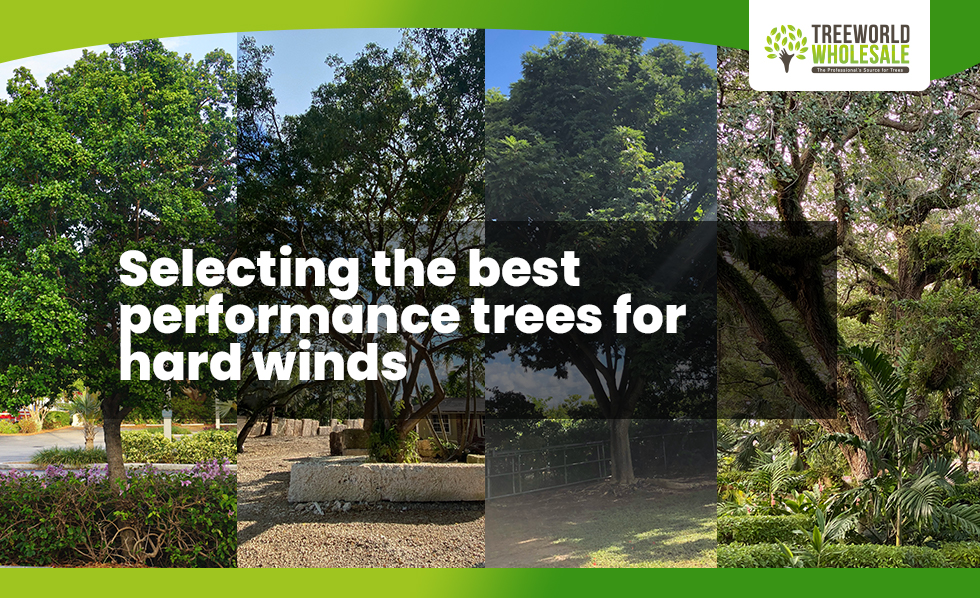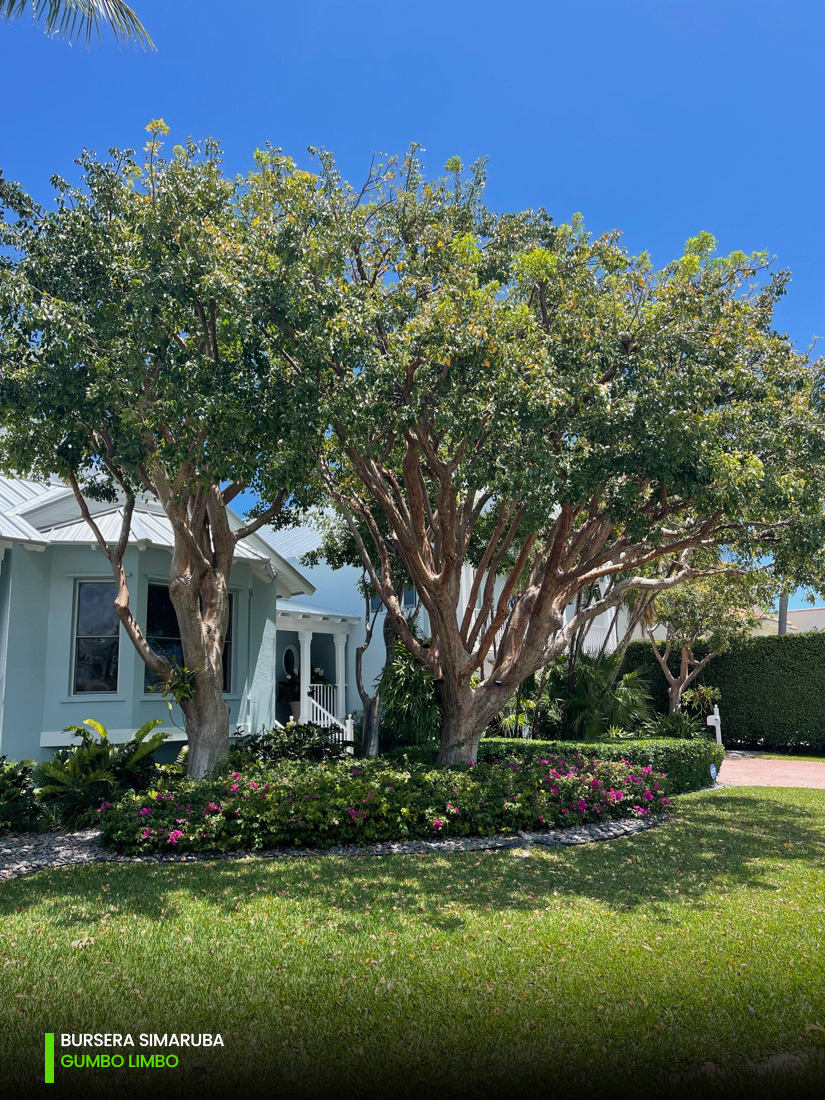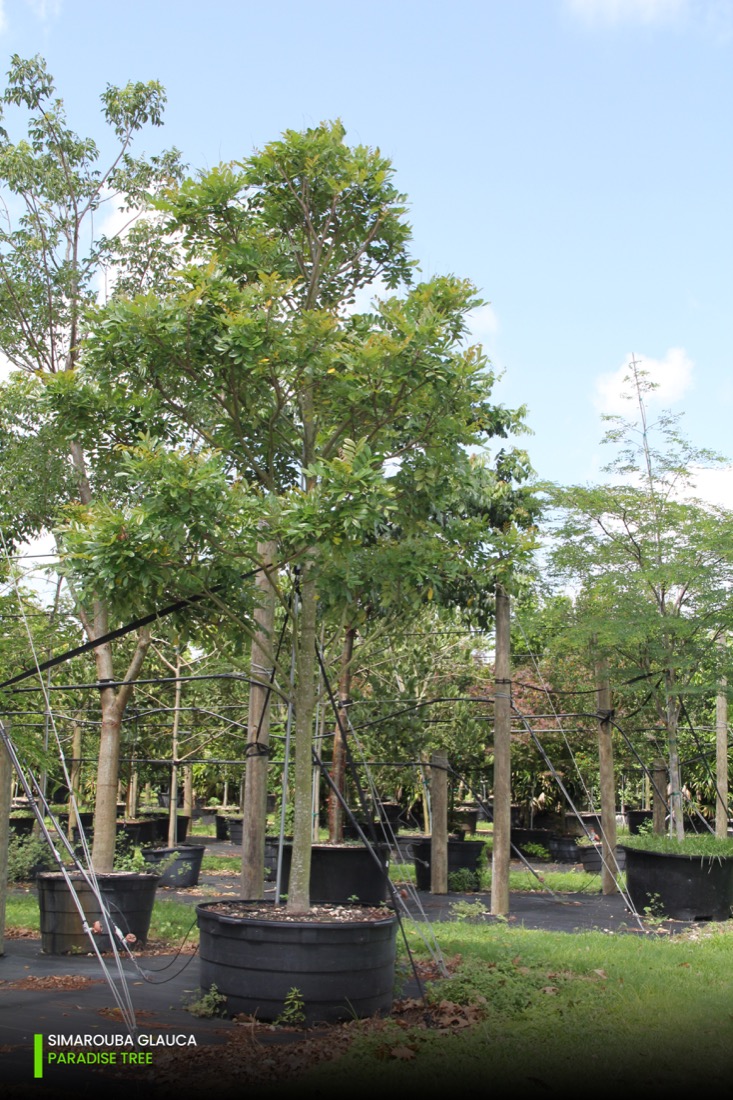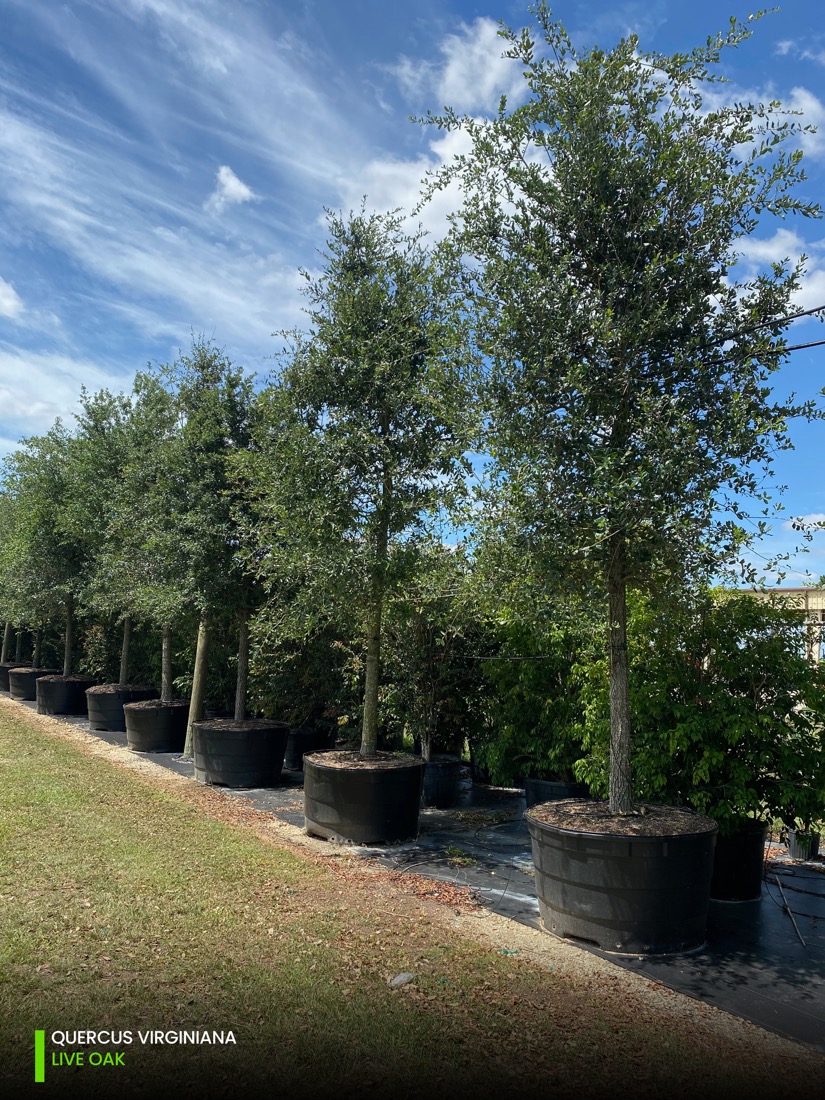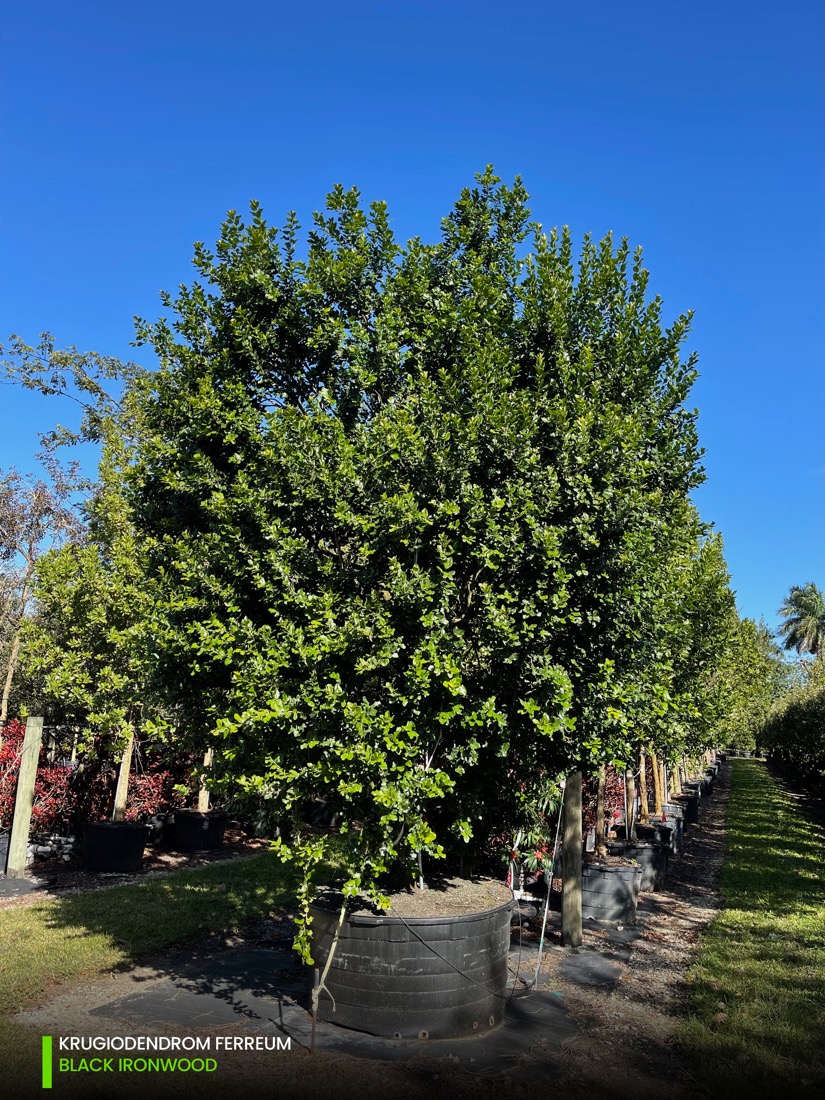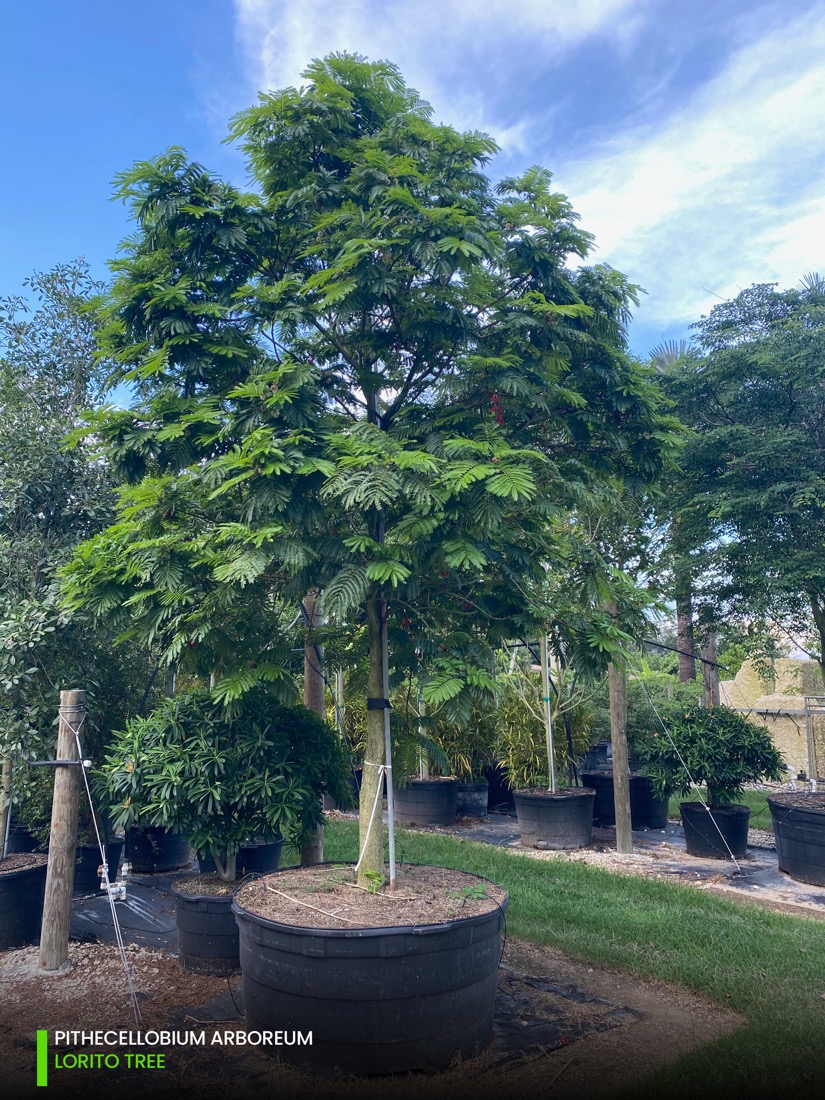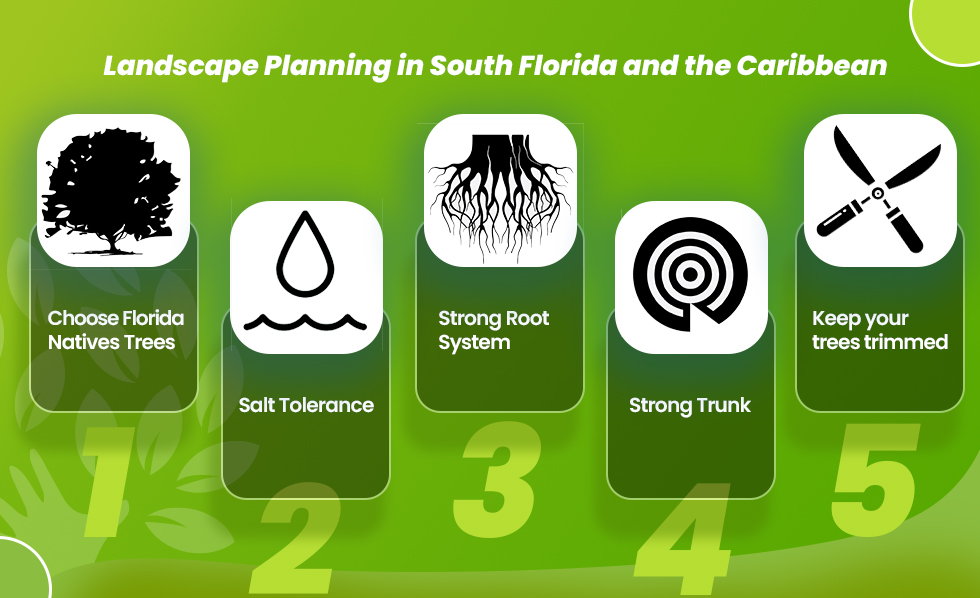Landscaping in Florida (South Florida landscape trees) and the Caribbean is an absolute pleasure. But we also need, to be honest about it, it presents its difficulties as well, especially with hurricane season. This is why choosing wind resistant trees is very important!
First, let us define exactly hurricane season and what challenges we face. Hurricane season allegedly goes from June 1st and goes up to November. And it is the period where hurricanes usually form in the Atlantic Ocean. For obvious reasons we can say that at TreeWorld Wholesale we are not newbies in this area. If you want to read more about our past experiences, we invite you to review the following blog: “…the end of TreeWorld Wholesale”
Selecting Wind Resistant Trees
Now, in this blog, we are going to approach how to curtail the damage caused by such natural disasters starting by catering to hurricane-resistant landscaping ideas. There are important factors such as the strength of the root systems, the size, and the strength of tree trunks that should be taken into consideration while landscaping your yard.
So, we’ve gathered a quick selection of tree material that accomplishes different objectives in your landscape plan and is prepared to withstand hard winds.
Gumbo Limbo (Bursera Simaruba)
With no other in mind but the Bursera Simarouba also goes by the name of Gumbo Limbo or Tourist tree. This tree is native to tropical America and is cataloged as a medium to tall tree with a thick trunk. It displays a wide canopy, formed by a round crown that caves into some large irregular branches that are close to the ground. But one of its major features is its beautiful trunk reddish or coppery aromatic bark which peels off in papery flakes exposing a smooth gray inner bark.
There are two varieties of Bursera Simarouba that you can find at our tree farms the Gumbo Limbo and the Red Trunk “Belize”. If you get the chance to toggle them, you will get the most attractive lining. That will surely delight with its unmistakable beauty.
Landscaping wise it is a great addition, as this fast-growing, wind-resistant tree will surely provide texture and shade to the landscape. But due to its size, it’s best for large open yards and gardens, street linings, and home entrances.
And, leaving aesthetics aside, the Bursera Simarouba is perfect for coastal landscaping as it adapts very well to different habitats, saline, and calcareous or acidic soils. Making it very popular for coastal areas as it is also very tolerant to hard winds and is recommended as a hurricane-resistant species in South Florida.
Paradise Tree (Simarouba Glauca)
Continuing with our large trees that fall under the wind-resistant category, we need to mention the Florida native Simarouba Glauca best known as the Paradise tree. Reaching up to 50 feet in height and an average spread of 30 feet. It features a round dense crown with drooping branches. The light brown to the grayish trunk is smooth when young but as the tree ages, it becomes rough and flaky with age. Pairing up perfectly with one of its most attractive traits: the oval red clusters of bright red to black fruits.
Southern Live Oak (Quercus Virginiana)
The Sothern Live Oak (Quercus Virginiana). A top choice as well when it comes to selecting shade trees. Typically reaching up to 60 feet this tree is large, sprawling, scenic, long-lived tree. With a dense canopy and dark, thick furrowed bark and large branches. Live oaks are incredibly tolerant not only of wind, but also of salt spray, compacted soil, and shade.
Landscaping wise this tree is best when planted in large spaces due to its size and spread; and even creating shade corridors on big properties with significant areas to cover.
Black Ironwood (Krugiodendron ferreum)
Next on our list is a Florida native, the Krugiodendron ferreum or as it’s commonly known the Black Ironwood. Has showed us that with time it grows into character and structure, becoming a noticeable member of the landscape. With an average height of 15 to 25 feet, this tree does not only have beautiful glossy leathery leaves but an attractive furrowed dark gray bark.
As its common name implies, this tree is strong and of good performance when it comes to strong hurricane winds.
Lorito Tree (Pithecellobium Arboreum)
Finally, on our list is a tree with alluring foliage! The Pithecellobium Arboreum is commonly known as Lorito or Cojoba tree.
With beautiful fern-like leaves, colorful (red) seedpods, and a canopy that makes enviable shade. This full sun lover is a great addition to the Florida landscape. As it does not only perform great under the Caribbean and Florida’s climate conditions (salt and wind) but it’s also beautiful and quite attractive; especially in street plantings, or as a specimen tree. An a wind-resistant tree, obviously!
Landscape Planning in South Florida and the Caribbean
So, either way, if you are planning a landscape design in Florida, the Caribbean, or other hurricane-susceptible areas you can always keep the following in mind:
- Choose Florida native trees. As they have already adapted to the climate and weather in hurricane areas. These trees perform best with the local soils, light conditions, and temperatures. (Wind resistant trees)
- Salt Tolerance is an important feature. Mainly because hurricanes can be detrimental to the trees and can douse the entire lawn with a salt-water spray. And such high quantities of salt can prevent the roots of your plants from absorbing nutrients and water from the soil, which will eventually dry them out.
- Finally, but not least important remember to prune and trim properly because when there is a hurricane in your area; the last thing you want is branches flying around during a storm. Proper pruning and trimming of your trees will ensure that your trees are the healthiest and do not cause any damage to your home and vehicles.
Wind Resistant Trees at TreeWorld
Other wind-resistant large trees you may like to consider are: Bald Cypress (Taxodium Distchum), Bayrum Tree (Pimenta Racemosa), and Mahogany (Swietenia Mahogani).
While landscaping in a disaster-prone area is tricky, it shouldn’t stop you from adding green to your lawn. All you have to do is be strategic with your choices and ensure proper maintenance to avoid damage to life and property. If you have further questions or need assistance on the subject, please contact us!

